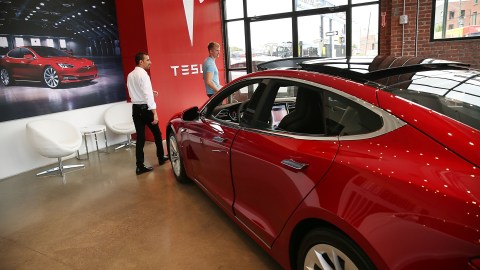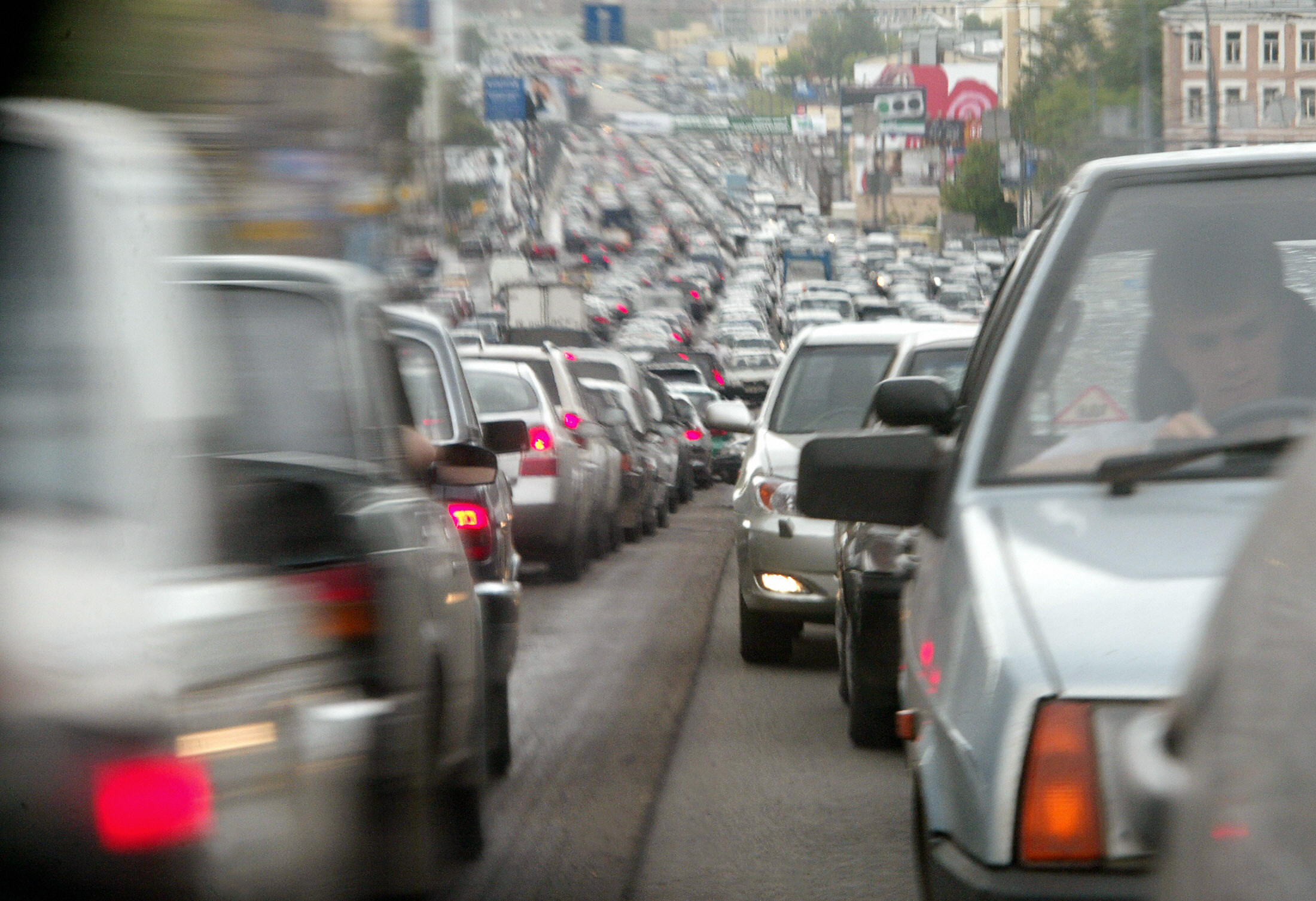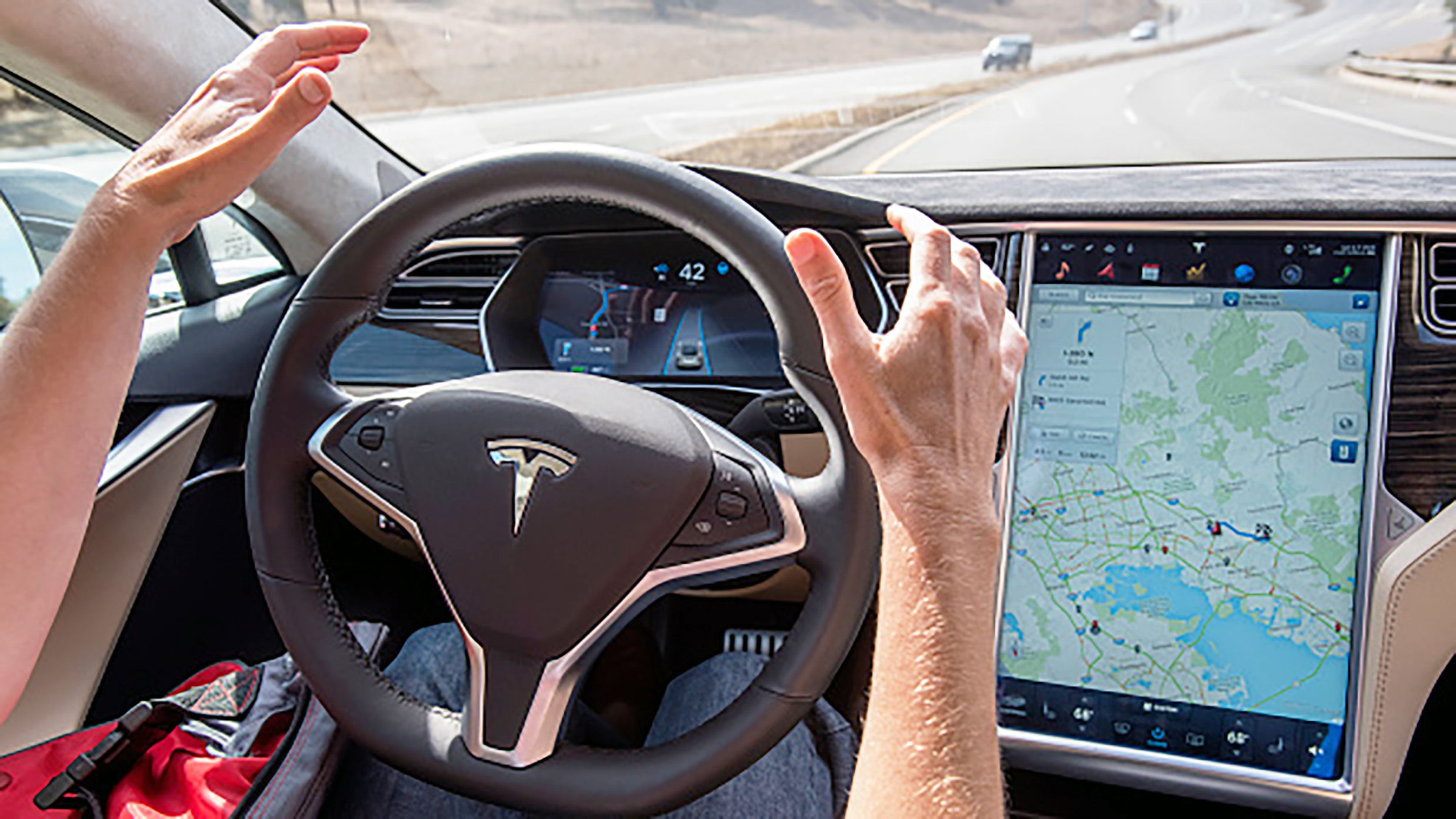Tesla Is Set to Enable a New Autopilot on Its Cars Powered by AI

Tesla Motors is coming closer than ever to producing a car that drives itself. The electric car manufacturer announced, along with somewhat disappointing third quarter results, that its Autopilot program is getting new functions within the “next several months”.
In particular, the automaker has shared that it resolved its “vision neural net” problem and is looking to hit its stated goal of “a coast-to-coast drive with no one touching the controls” —
“Now that the foundation of the Tesla vision neural net is right, which was an exceptionally difficult problem, as it must fit into far less computing power than is typically used, we expect a rapid rollout of additional functionality over the next several months and are progressing rapidly towards our goal of a coast-to-coast drive with no one touching the controls,” wrote Tesla in a shareholder letter.
The letter alludes to being able to use its neural net software with the available computing power, something Tesla has tried to fix earlier this year by introducing its new Autopilot 2.5 hardware suite.
Tesla also noted that the Autopilot software saw additional improvements, including the Autosteer function.
Check out a review of Tesla Model 3 here:
The automaker’s aim is to create a fully self-driving capability for its vehicles, something it hopes to achieve by strengthening its AI team.
“The Tesla AI team, which is fundamental to achieving full autonomy, strengthened dramatically this year, with a number of the world’s best AI engineers and researchers joining our company,” explained Tesla in the letter. “We plan to continue building Tesla AI until it is one of the best teams in the world, not just in automotive, where Tesla is already the leader, but across all industries. This applies to both software and hardware.”
The letter also outlined information about the manufacturer’s third quarter earnings, which reported a record revenue of $2.9 billion. The quarter also saw Tesla lose about $3.70 per share on account of large capital expenditures due to the slow start of Model 3 production. The large loss per share sent Tesla’s stock price down 4%.





